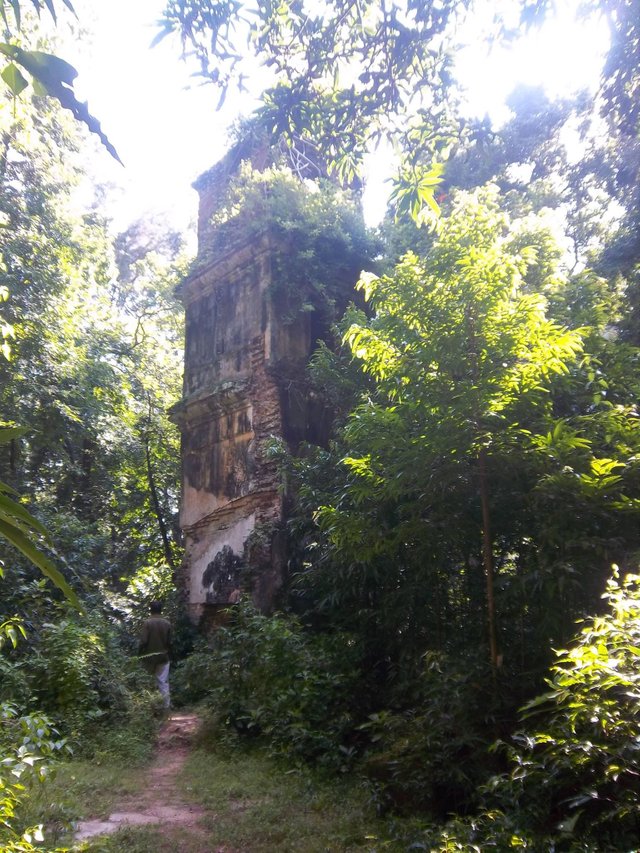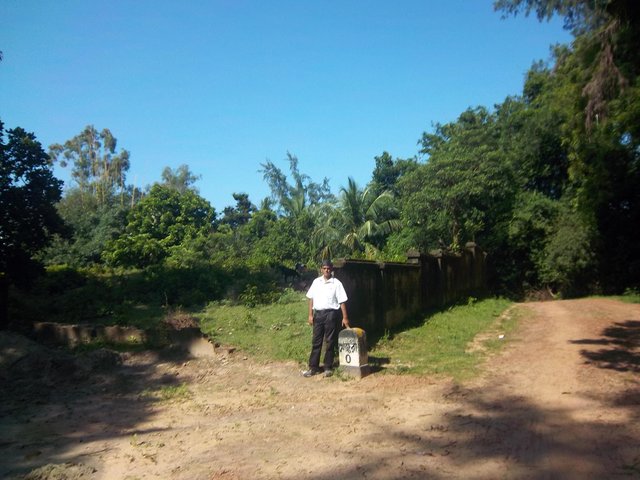Good morning to all Steemians!!
In the early years of the East India Company's rule Khejuri was made suitable for human habitation. At that time Calcutta (later Kolkata) did not have a port till then and it was just coming up. Large ocean-going ships load and unload goods dropping anchor in the sea near by Khejuri. In the 18th century, there came up an Agent’s House and a Port Office ( this dilapidated building is misinformed as the oldest post of India) with the establishment of the makeshift ‘port’ at Khejuri. Khejuri developed as a resting place and a meeting point for foreign sailors, complete with lively taverns. It also developed as a place where people came to recover their health. It was an era when places such as Gopalpur, Darjeeling and Puri had not developed as health resorts. Except for a few dilapidated a cemetery and buildings, nothing remains of the old establishments. The cemetery retains a lot of nostalgia of the golden days. Khejuri faded away, as Kolkata developed. The rich and colourful life of olden days is no more there, but the descendants of the Mahishyas and Pundra-kshatriyas, who had laid the foundations for development of Khejuri, are still there.
The State Heritage Commission of West Bengal has announced Heritage recognition for country's first port office located at Khejuri.
 Old Port Office Old Port Office |
|---|
 |
|---|
me standing at Khajuri Zero Point
Khajuri gained fame as a port city during the Portuguese period. Later colonized by the British East India Company.
A few years later, the port office was damaged by a huge cyclone. Since then, the country's first port office has stood neglected and turned into a ruin.
A blue plaque will be installed in front of this port office of two and a half hundred year old architecture.
People of Khajuri are now very happy.
Ref: Ghosh, Binoy, Paschim Banger Sanskriti, (in Bengali), part II, 1976 edition, pages 147-152, Prakash Bhaban, Kolkata, India.
Thank you for reading the post
-@impersonal